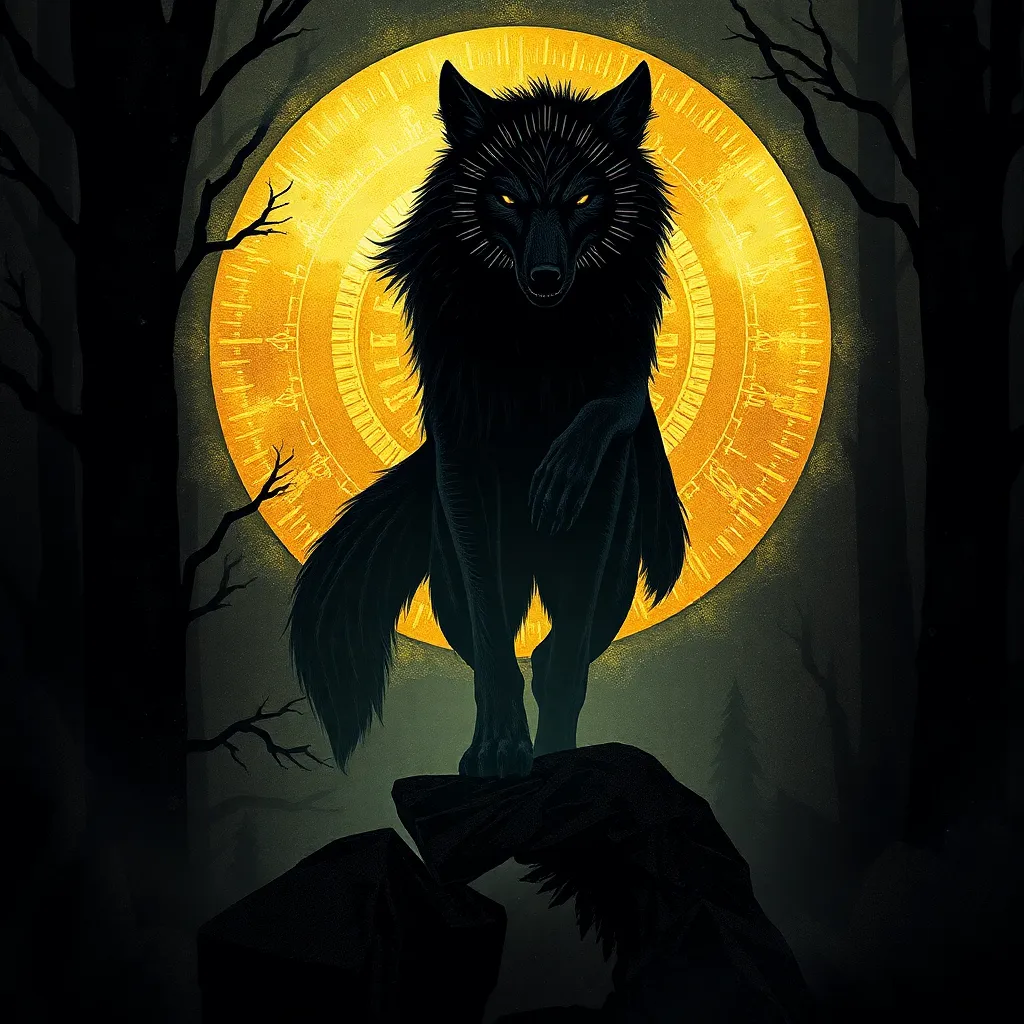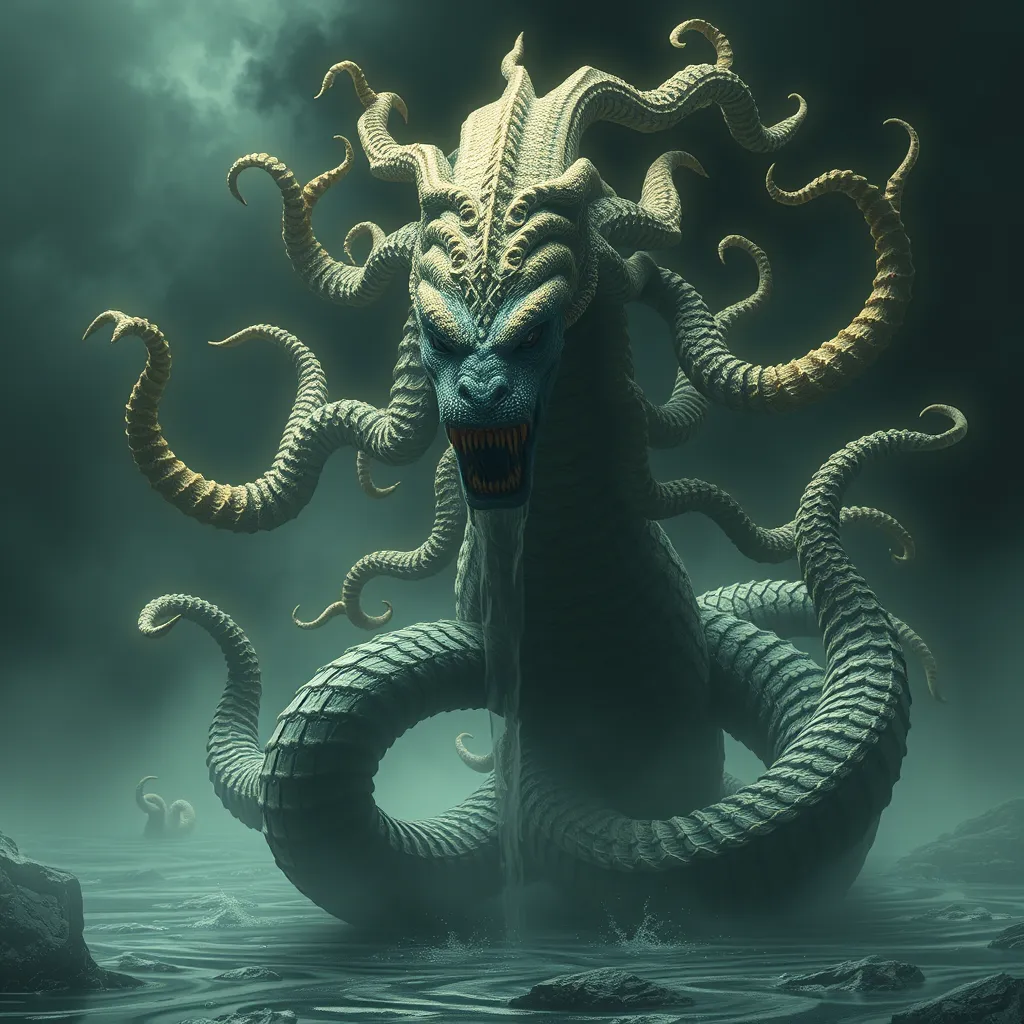The Wolf’s Shadow: Exploring the Symbolism and Archetypes of the Werewolf Figure
I. Introduction to the Werewolf Mythos
The werewolf, a creature of legend and folklore, embodies the duality of human nature and the struggle between civility and primal instincts. Across various cultures, stories of humans transforming into wolf-like beings have persisted, capturing the imagination of countless generations. From ancient myths to contemporary films, the werewolf figure serves as a potent symbol of our darkest fears and desires.
This article delves into the rich tapestry of the werewolf mythos, exploring its historical origins, psychological implications, and cultural significance, ultimately revealing why this figure continues to haunt our collective consciousness.
II. Historical Origins of the Werewolf Archetype
A. Ancient Mythologies and Their Representations of Wolf-Like Beings
The origins of the werewolf myth can be traced back to ancient civilizations. In many cultures, wolves were revered and feared, often seen as powerful symbols of nature. For instance:
- Mesopotamia: The Epic of Gilgamesh features a goddess who transforms a man into a wolf.
- Greek Mythology: Lycaon, a king of Arcadia, was transformed into a wolf by Zeus as punishment for his impiety.
- Roman Folklore: The tale of Remus and Romulus, the founders of Rome, highlights the nurturing role of a she-wolf.
B. Evolution of the Werewolf Myth from Ancient Times to the Middle Ages
As societies evolved, so did the werewolf myth. During the Middle Ages, the figure became associated with witchcraft and superstition. This era saw the emergence of witch hunts, where alleged werewolves were often persecuted alongside witches. The werewolf became a symbol of the ‘other’—those who did not conform to societal norms. The trials of werewolves in Europe during the 16th and 17th centuries reflected deeper societal fears of the unknown and the primal instincts lurking within humanity.
III. Symbolism of the Wolf in Human Culture
A. The Wolf as a Symbol of Primal Instincts and the Wild
The wolf is often seen as the embodiment of raw, untamed nature. It represents the primal instincts within humans—the urge to hunt, protect, and survive. This symbolism resonates deeply with our understanding of the animal kingdom and our place within it.
B. Contrasting Views: The Wolf as a Predator Versus a Protector
While the wolf is frequently viewed as a fearsome predator, it also holds the role of protector within its pack. This duality is significant:
- Predator: The wolf’s hunting prowess symbolizes the darker aspects of human nature, including aggression and the survival of the fittest.
- Protector: Wolves are known for their loyalty and protective nature towards their pack, reflecting themes of family and community.
IV. The Duality of Human Nature: Man vs. Beast
A. The Psychological Implications of the Werewolf Transformation
The transformation into a werewolf serves as a powerful metaphor for the struggle between civilized behavior and our base instincts. The psychological implications of this transformation are profound:
- Repression: The werewolf represents repressed emotions and desires that can erupt uncontrollably.
- Identity Crisis: The duality of the werewolf reflects the internal conflict many individuals face regarding their true selves.
B. Exploring the Concept of the Inner Beast in Literature and Psychology
In literature and psychology, the concept of the “inner beast” is explored through characters who embody both human and animalistic traits. This theme resonates with readers and audiences, as it reflects the universal struggle of self-identity and acceptance.
V. The Werewolf in Literature and Film
A. Notable Werewolf Characters in Classic and Contemporary Works
Throughout history, the werewolf has appeared in various literary and cinematic works. Some notable characters include:
- Jacques Roulet: From the 16th-century accounts of werewolf trials.
- Lawrence Talbot: In “The Wolf Man” (1941), a classic film that solidified the werewolf archetype in modern media.
- Remus Lupin: A character from J.K. Rowling’s “Harry Potter” series, who navigates his dual identity.
B. Analysis of Themes Presented in Werewolf Narratives
Common themes in werewolf narratives include:
- The struggle for control over one’s instincts.
- The fear of the unknown and the other.
- Societal rejection and the quest for acceptance.
VI. Cultural Interpretations of the Werewolf
A. Variations of the Werewolf Myth in Different Cultures
Different cultures interpret the werewolf myth in unique ways. For instance:
- Inuit Culture: The legend of the “Ijiraq,” a creature that can shift between human and animal forms.
- Native American Folklore: Stories of skinwalkers, who can transform into wolves or other animals.
B. The Significance of the Werewolf in Contemporary Society and Social Commentary
In contemporary society, the werewolf figure often serves as a metaphor for social commentary on issues such as:
- Gender roles and expectations.
- Repression of identity in a conformist society.
- The struggle against societal norms and the fight for self-expression.
VII. The Werewolf Archetype in Modern Psychology
A. The Werewolf as a Metaphor for Repressed Emotions and Societal Norms
In modern psychology, the werewolf archetype symbolizes the repressed emotions that individuals often struggle to express. The transformation into a werewolf can represent the unleashing of these emotions, showcasing the importance of understanding and accepting all facets of one’s identity.
B. Therapeutic Interpretations of the Werewolf Figure in Self-Identity and Transformation
Therapeutically, the werewolf can be viewed as a symbol of transformation and healing. By confronting the ‘inner beast,’ individuals can unlock repressed emotions, leading to personal growth and self-acceptance.
VIII. Conclusion: The Enduring Legacy of the Werewolf
A. Recap of the Werewolf’s Symbolism and Archetypes
The werewolf, as a symbol of duality, primal instincts, and the struggle for self-identity, remains a powerful figure in folklore and modern culture. Its rich history and varied interpretations speak to the complexities of human nature and societal constructs.
B. The Future of the Werewolf in Popular Culture and Its Relevance to Human Experience
As we move forward, the werewolf will undoubtedly continue to evolve, reflecting contemporary issues and the ongoing human experience. Whether in literature, film, or psychological discourse, the werewolf serves as a reminder of the wildness that lies within us all—a testament to our enduring fascination with the beast that lurks in the shadows.



